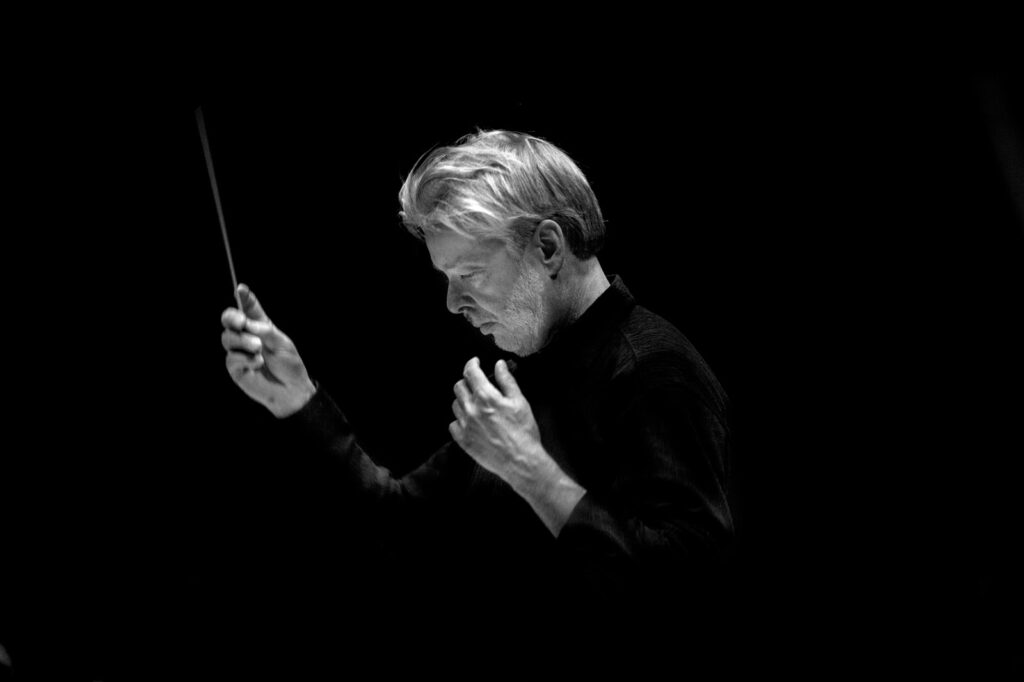Dallas Symphony members shine brightly in dark Shostakovich

It was too easy to find a parking place Thursday night at the Meyerson Symphony Center. Without a soloist as headliner or flashy warhorse on the program, there were plenty of empty seats inside, as well. That’s a shame, because on the whole it was a strong showing by the orchestra.
Jean Sibelius’ tone poem Pohjola’s Daughter is based on a Finnish folktale in which the beautiful Pohjola meets, in typical Scandinavian folktale fashion, not a handsome Prince Charming, but an old man. He asks her to join her in his sleigh, and she replies that he must complete a series of tasks first. He succeeds in some, but eventually gives up and continues on his solo journey. This would not make such a good Disney movie, but in Sibelius’ hands, it makes an intriguing programmatic work, dense and textured.
The notion of a Finnish guest conductor, Jukka-Pekka Saraste, conducting his countryman’s music proved more exciting in concept than in execution. Principal cello Christopher Adkins brought his characteristically rich tone to the opening solo, but tutti strings had apparent trouble following Saraste’s baton, resulting in a sound that was sometimes hesitant. The usual complaint about flamboyant contemporary conductors finds its antithesis here in Saraste’s retiring technique, which didn’t seem to convey much information to the orchestra.
The headline piece on the intermission-less program was Shostakovich Symphony No. 8. Despite the fraught reception history of the symphony, it is now generally celebrated as a depiction of the tragedy of war and, arguably, the triumph of the human spirit. The Dallas Symphony tends to shine in these big, flashy pieces: Mahler and Bruckner have historically been strengths.
And with just a few missteps they provided that same excitement here. The first movement begins with cellos and basses, then adds seconds and violas—the same ensemble problems noted in the Sibelius were issues, as if communication from podium to orchestra was not quite sufficient. But the extended English Horn solo by David Matthews was breathtaking.
The middle three movements had some outstanding moments as well—the opening of the third movement features DSO’s viola section, and in that intense, percussive tune, the section sounded crisp, precise, and focused. Notable solos in the middle and final movements came from George Nickson with notable precision on snare, David Buck with a jaunty, beautifully-phrased flute solo, Erin Hannigan with rich tone on oboe, and Nathan Olson with secure, vibrant violin playing in the uppermost register. There may not have been a soloist Thursday evening, but the opportunity to hear so many of the DSO’s principals at their best is always a pleasure.
The program will be repeated 7:30 p.m. Saturday and 3 p.m. Sunday. dallassymphony.org